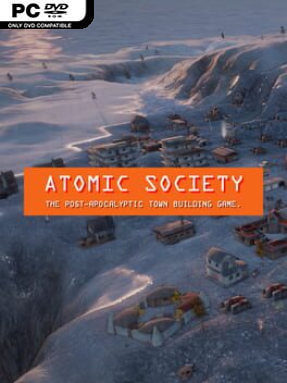

“In a perfect crystal, the palladium atoms would be arranged in neatly aligned rows and ranks, like a stack of cannonballs. Johnston-Peck and Yang were able to provide visual proof that steam introduces tiny imperfections in palladium’s crystal structure that are responsible for the outsized and important improvement in methane combustion. The pair are experts in electron microscopy and helped establish visual evidence of the team’s evolving theories. At NIST, his collaborators included researchers Aaron Johnston-Peck and Wei-Chang “David” Yang in the Physical Measurement Laboratory. He also turned to colleagues at NIST and UWM. “It took us two and a half years to figure out why it was better.”Ĭargnello called on the paper’s first author, Weixin Huang, who did hundreds of experiments to verify the effect was, in fact, real.

“Explaining how this could be was no small task,” Cargnello said. Once you have created the effect, it is permanent.”Ĭargnello is an expert in catalysis – a field not accustomed to surprises – and he and his colleagues were astonished to see that their finding ran counter to the conventional wisdom that steam is detrimental to palladium catalysts in methane combustion. “This effect is valid only with steam, not the other chemicals,” Cargnello said. They found that the steam improved methane combustion rates by about 12 times overall, with the potential to stretch that improvement considerably. In a paper describing the discovery appearing in the journal Science, the researchers compare the performance of steam to other common pretreatments with individual elements – oxygen, hydrogen and an inert gas. The key ingredient in Cargnello’s palladium pretreatment, the researchers were surprised to learn, is steam. Pretreatment is a process in catalysis in which the catalyst is exposed to other chemicals, like oxygen or hydrogen, to improve its reactivity or purity. It could lead to new types of catalytic flares and cleaner burning car engines that could keep untold tons of heat-trapping methane out of the skies. Car engines aren’t much better,” said Matteo Cargnello, assistant professor of chemical engineering at Stanford University, who may have found a solution to this challenge.Ĭargnello and a team of researchers from Stanford, the University of Wisconsin-Madison and the National Institutes of Standards and Technologies (NIST) have discovered a relatively simple pretreatment of catalysts based on palladium that can make methane combustion more efficient. “Flares are supposed to be 99 percent efficient, but in real-world conditions, they are significantly less than that. Unfortunately, that still leaves quite a large amount of natural gas emitted into the skies. Vehicle engines spew lots of methane, and excess methane is burned up in flares that are a common sight above refineries, methane storage facilities and coal mines the world over.

The chemical methane, as the largest component in natural gas, is a familiar fuel, but it is also a greenhouse gas many times more potent than carbon dioxide in trapping the sun’s warming rays in the atmosphere.



 0 kommentar(er)
0 kommentar(er)
